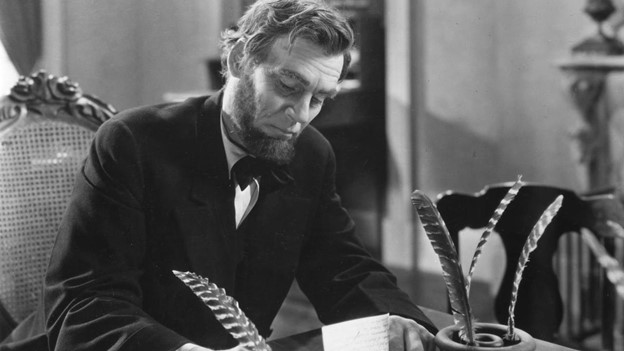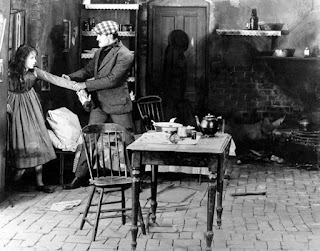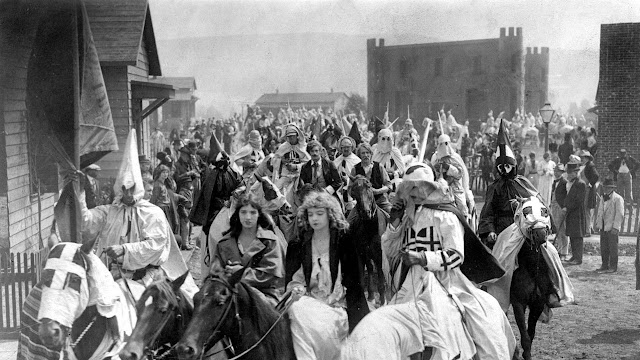Abraham Lincoln (1930)

D.W. Griffith's "Abraham Lincoln" With the 1930s comes the birth of sound. D.W. Griffith, often referred to as the 'father of cinema,' utilised the sound media to film one of the last films he would ever make. Griffith, in his new venture, decided to go back to his roots. Abraham Lincoln would be his subject. He had touched upon Lincoln before when he made " The Birth of a Nation ." However, this piece, written for the screen by Stephen Vincent Benet, would solely focus on the life of Lincoln, as apposed to his relationship with the Civil War (although that would be touched upon as well, since it was a major aspect of his life). The film simply presents as a biography of the 15th president. It tracks the events of his life from the time he spent in Illinois until his death in Ford theater. The events are presented episodically, often jumping from one moment to the next without any sort of contextually thread. This at times presents a problem for the view









